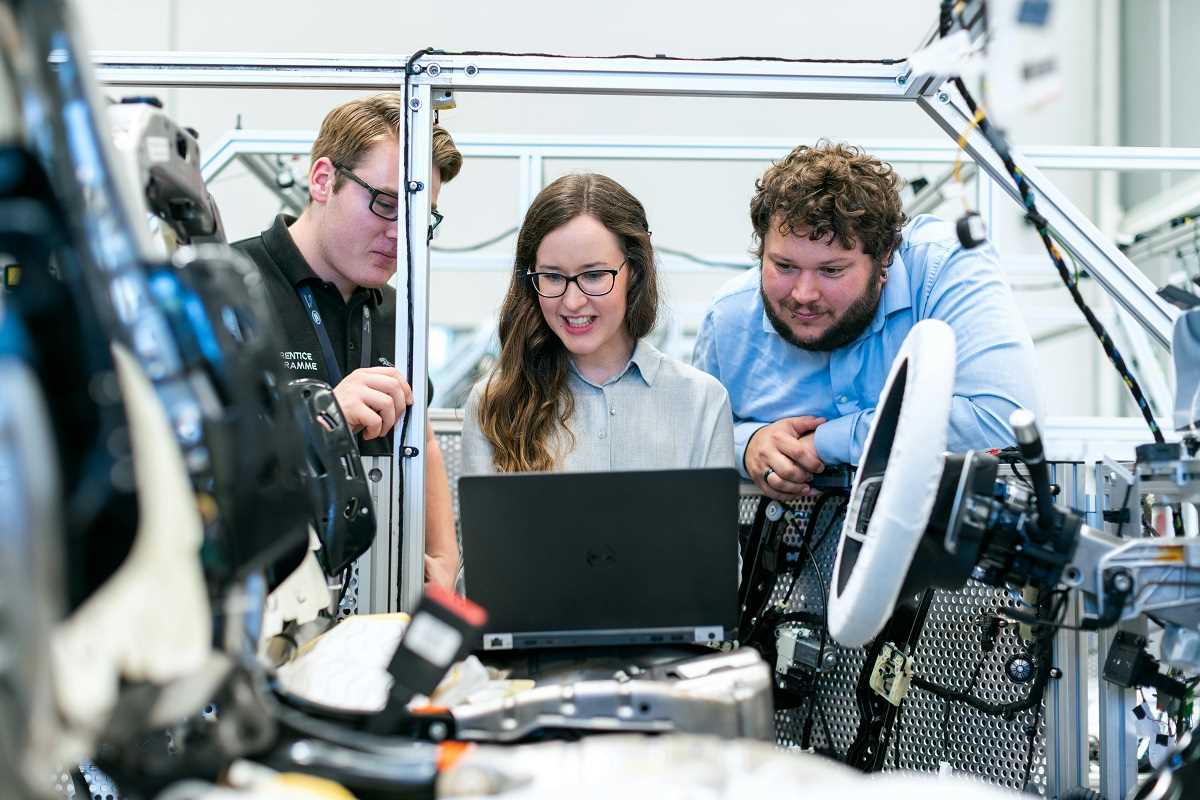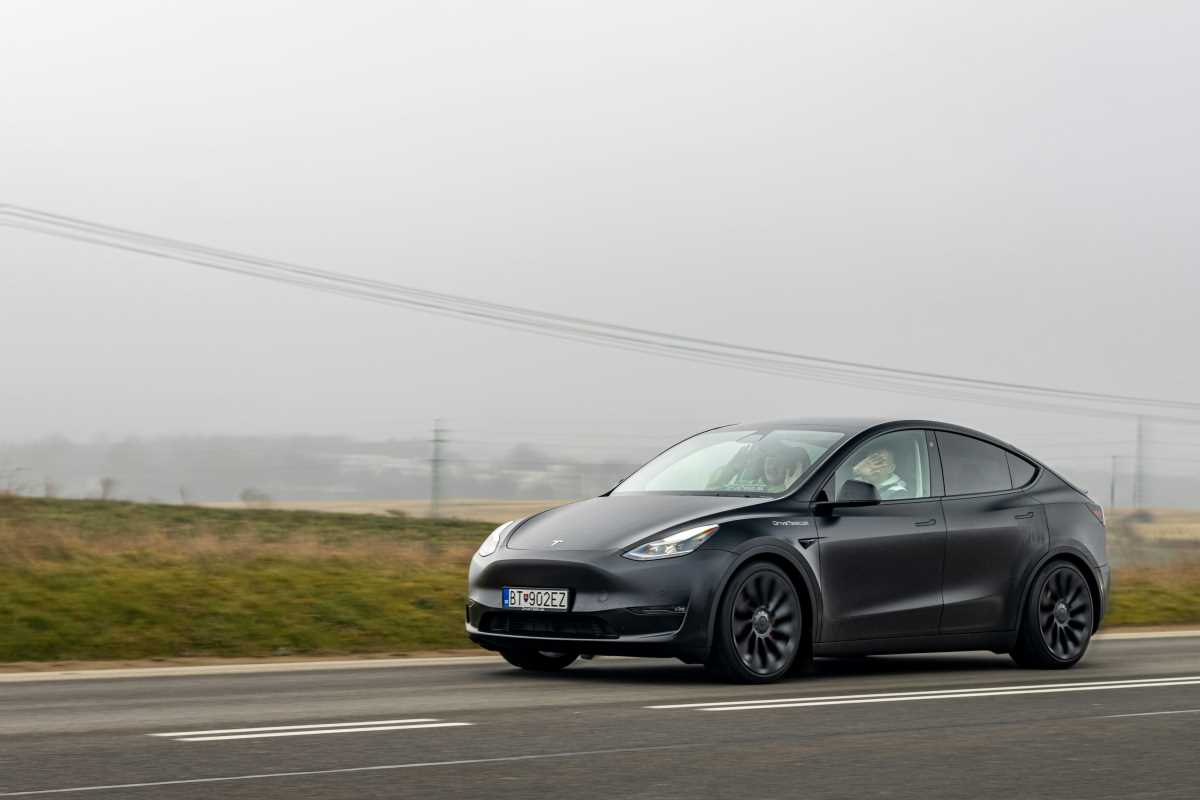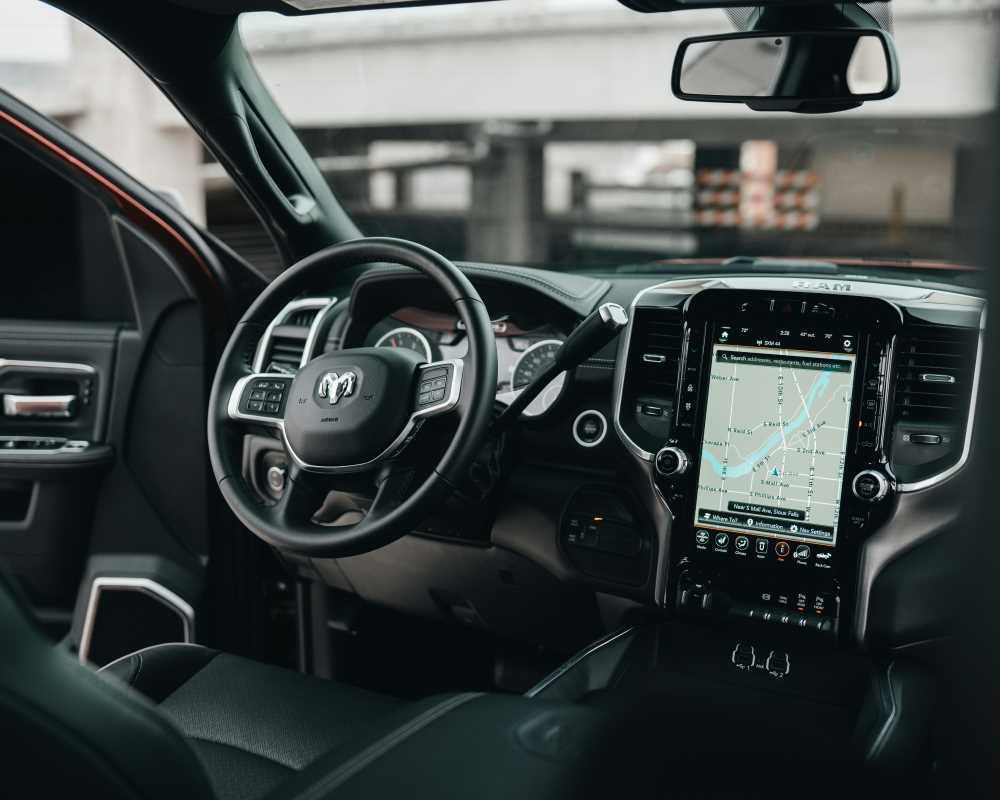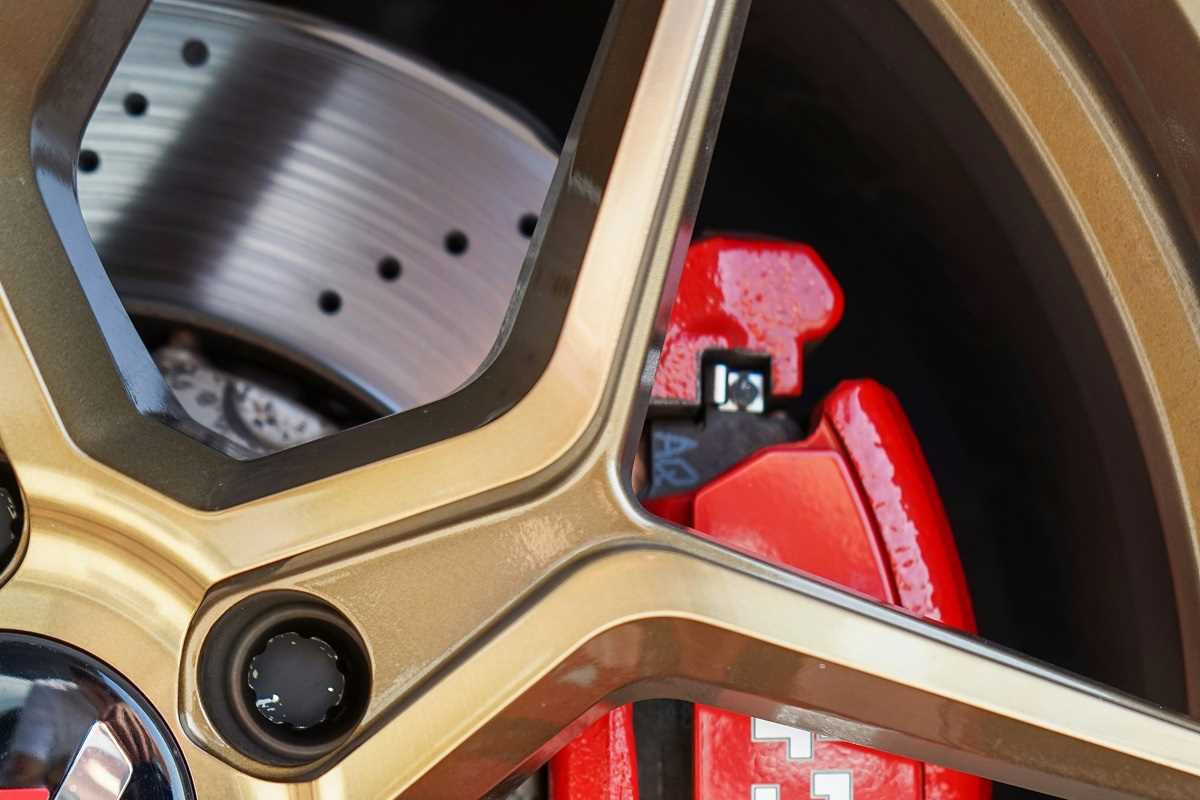Artificial intelligence is revolutionizing industries worldwide, and the automotive sector is no exception. AI has become an integral part of how cars are designed, manufactured, and even how they operate on the road. From streamlining production lines to enabling futuristic designs, AI is adding speed, efficiency, and imagination to every stage of vehicle creation. But what’s driving this transformation, and what challenges lie ahead as AI takes the wheel? Here’s a look at the greater impact of AI on the automotive industry...
Driving Innovation in Automotive Design
Traditionally, designing a car was a painstakingly manual process involving countless sketches, prototypes, and revisions. Today, AI is making it faster, smarter, and more innovative through tools like generative design.
Generative Design
Generative design is perhaps one of the most exciting applications of AI in the automotive industry. This technology uses machine learning algorithms to explore thousands of potential design configurations based on specific inputs like weight limits, material constraints, performance goals, and even aesthetics. Engineers simply set the parameters, and the AI generates optimized designs that would take humans weeks to develop.
For example, General Motors partnered with Autodesk to create a generative-designed seat bracket. The AI software proposed a lightweight yet strong design that reduced material use by 40% and was 20% stronger than traditional brackets. Such innovations not only lead to better-performing vehicles but also significant cost savings and a reduced environmental footprint.
Enhanced Aerodynamics and Efficiency
AI also excels in assessing and improving a vehicle’s aerodynamics. By simulating airflow and resistance in real time, designers can tweak everything from a car’s contours to its grilles. This enhances fuel efficiency, performance, and stability. Companies like McLaren leverage AI-driven simulations to refine their ultra-efficient sports cars, taking performance to the next level.
Interior Design Optimization
AI doesn’t stop at the exterior of your car. It’s also widely used to customize and perfect cabin layouts. By analyzing consumer data and usage patterns, AI can help design more ergonomic seats, arrange controls for optimal usability, and even predict what features future car buyers will prioritize, like built-in smart assistants or modular seating.
Transforming Automotive Manufacturing
AI shines in the manufacturing sector, where its ability to analyze large datasets and automate processes is dramatically increasing efficiency and precision. Here’s how AI is leaving its mark on automotive production lines:
Predictive Maintenance
One of the biggest game-changers AI has brought to the factory floor is predictive maintenance. Using data collected from sensors on machinery, AI algorithms can predict when a piece of equipment is likely to fail. This gives manufacturers the chance to perform maintenance proactively, avoiding costly downtime and production delays.
For instance, companies like BMW and Toyota have implemented smart factories where AI tracks machine health in real time. If a robotic arm or conveyor belt shows early signs of wear, the system flags it before a costly breakdown occurs, ensuring seamless manufacturing operations.
Quality Control
AI is dramatically improving the quality assurance process. Instead of relying on human inspectors to catch flaws—a process prone to errors and inconsistencies—AI-driven cameras and sensors can detect microscopic defects in materials and components. These systems improve product reliability and reduce waste by identifying issues early on. Audi, for example, uses AI systems to inspect weld seams with unparalleled accuracy, saving valuable time and resources.
Smart Automation
Robots have long been a staple in automotive manufacturing, but AI takes automation to a new level. Collaborative robots, or “cobots,” work alongside human employees, assisting with repetitive or dangerous tasks. Thanks to AI, these cobots can learn and adapt to different tasks rather than being limited to pre-programmed movements.
Tesla’s Gigafactories combine AI-powered robots with advanced analytics to assemble electric vehicles more efficiently than traditional methods. The result? Faster production times and reduced manufacturing costs, without compromising quality.
Benefits of AI in Automotive Design and Manufacturing
The integration of AI into the automotive industry brings numerous advantages that extend beyond mere convenience.
- Improved Efficiency: AI-powered tools speed up every stage of the automotive process, from design to assembly. Manufacturers can create vehicles faster, iterate on designs with ease, and manage production timelines more effectively.
- Cost Reductions: By minimizing material waste, reducing errors, and optimizing maintenance schedules, AI helps companies save millions in production costs. These savings can then be passed on to the consumer or reinvested in future innovations.
- Safer Work Environments: With AI taking over strenuous or dangerous tasks, factory floors become safer for workers. Cobots and predictive systems reduce the likelihood of workplace accidents and equipment failures.
- Sustainability: AI-driven insights help companies make eco-friendly choices, from selecting lightweight materials to reducing waste and energy consumption in factories. This aligns with global initiatives to create greener transportation.
Concerns
Despite its many advantages, incorporating AI into the automotive industry isn’t without hurdles.
- Data Privacy and Security: AI systems rely heavily on data—whether it’s performance statistics, consumer preferences, or real-time sensor data from vehicles. Ensuring that sensitive information is securely stored and compliant with privacy regulations is a major challenge for the industry.
- Workforce Displacement: Automation and AI sometimes mean fewer jobs in traditional roles, such as assembly line work. While these technologies create opportunities in software development and robotics, companies must also address retraining and upskilling their existing workforce.
- High Initial Costs: Deploying AI solutions is expensive and requires significant upfront investment. For smaller manufacturers, integrating AI into their processes may not yet be financially feasible.
Looking ahead, AI’s role in the automotive industry is poised to grow even further. The rise of autonomous vehicles will demand even more sophisticated AI, capable of processing sensory data and making split-second decisions. Generative design tools will likely evolve, creating not just individual components but entire vehicle architectures optimized for safety, performance, and sustainability.
Looking ahead, AI’s role in the automotive industry is poised to grow even further. The rise of autonomous vehicles will demand even more sophisticated AI, capable of processing sensory data and making split-second decisions. Generative design tools will likely evolve, creating not just individual components but entire vehicle architectures optimized for safety, performance, and sustainability.
With AI continuing to push the boundaries of what’s possible, the age-old question isn’t whether it will reshape automotive design and manufacturing—it’s how quickly it’ll do so. One thing is clear: AI is steering the industry into an exciting, innovative future.
 (Image via
(Image via





